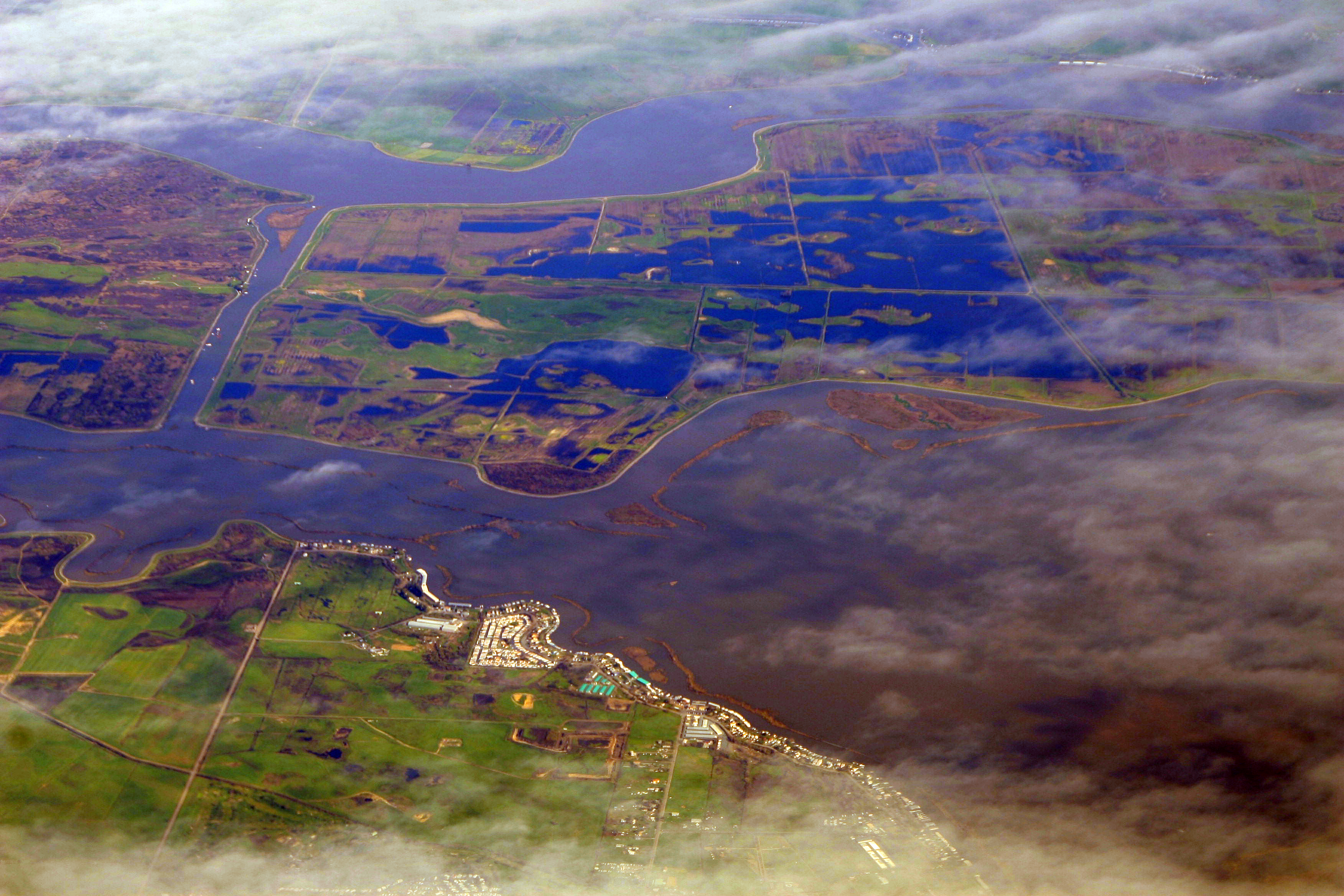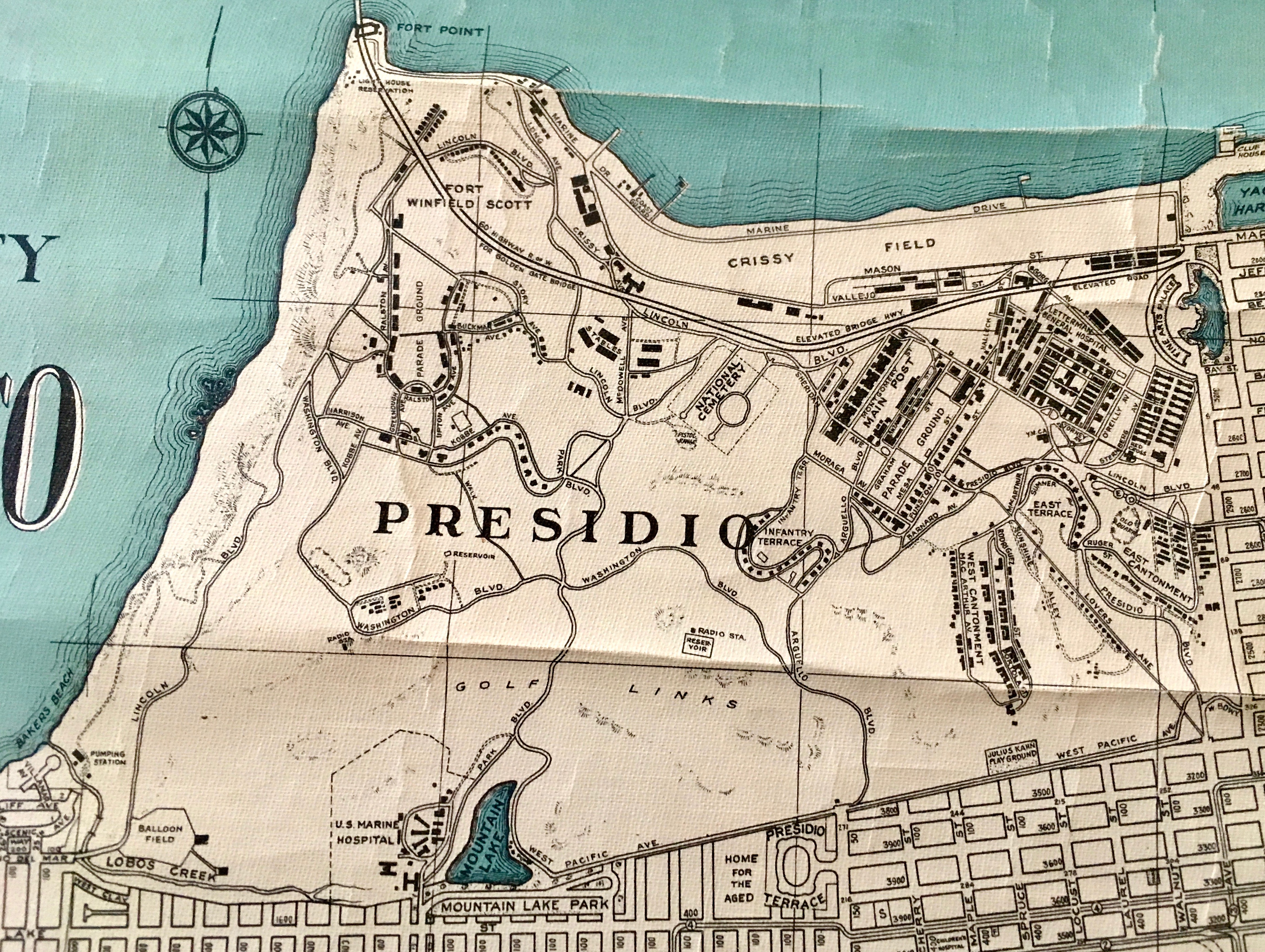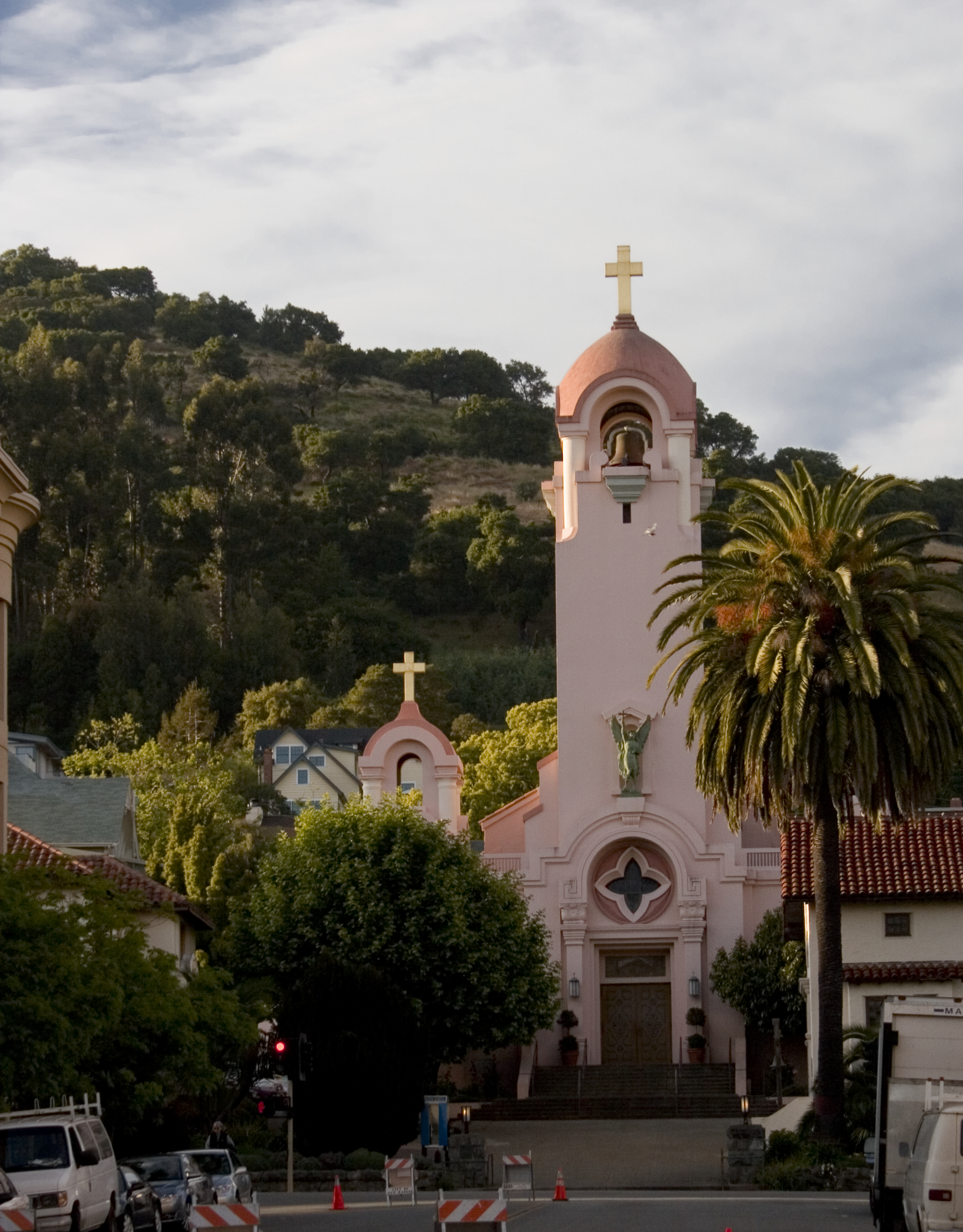|
Cirsium Hydrophilum
''Cirsium hydrophilum'' is a species of thistle which is endemic to California, where it is found only in the San Francisco Bay Area and the Sacramento-San Joaquin River Delta. This native thistle grows in wet boggy habitats. Description ''Cirsium hydrophilum'' may reach in height with a branching, cobwebby stem. The leaves are longest near the base of the plant, approaching in length. They are cut into toothed lobes and covered in spines, particularly along the petiole. The inflorescence bears one or more flower heads, each up to long. The head is lined with sticky, twisted, spiny phyllaries and contains pink to purple flowers. The fruit is an achene a long topped with a pappus of about centimeters. Varieties There are two very localized varieties: *The rare ''Cirsium hydrophilum'' var. ''hydrophilum'', the Suisun thistle, is known from two occurrences in the Suisun Marsh, in the salt marsh habitat of the Delta in Solano County. It is treated as a federally listed enda ... [...More Info...] [...Related Items...] OR: [Wikipedia] [Google] [Baidu] |
Edward Lee Greene
Edward Lee Greene (August 20, 1843–November 10, 1915) was an American botanist known for his numerous publications including the two-part ''Landmarks of Botanical History'' and the describing of over 4,400 species of plants in the American West. Early life Edward Lee Greene was born on August 20, 1843 in Hopkinton, Rhode Island. In 1859 Greene moved to Wisconsin and began studying at Albion Academy, a very reputable institution with a religious emphasis. There Greene met Thure Kumlien, a Swedish Naturalist with an interest in botany. Greene accompanied Kumlein on field trips, further developing Greene's interest in botany. In August 1862, Greene joined his father and brothers in joining the 13th Wisconsin Volunteer Infantry Regiment of the Union Army. Though he never rose above the rank of private in his three years of service, Greene was able to advance his botanical studies, collecting specimens as he marched through Tennessee, Kentucky and Alabama. Following his release ... [...More Info...] [...Related Items...] OR: [Wikipedia] [Google] [Baidu] |
Sacramento–San Joaquin River Delta
The Sacramento–San Joaquin River Delta, or California Delta, is an expansive inland river delta and estuary in Northern California. The Delta is formed at the western edge of the Central Valley by the confluence of the Sacramento and San Joaquin rivers and lies just east of where the rivers enter Suisun Bay, which flows into San Francisco Bay and then the Pacific Ocean via San Pablo Bay. The Delta is recognized for protection by the California Bays and Estuaries Policy. Sacramento–San Joaquin Delta was designated a National Heritage Area on March 12, 2019. The city of Stockton is located on the San Joaquin River on the eastern edge of the delta. The total area of the Delta, including both land and water, is about . Its population is around 500,000 residents. The Delta was formed by the raising of sea level following glaciation, leading to the accumulation of Sacramento and San Joaquin River sediments behind the Carquinez Strait, the sole outlet from the Central Valley ... [...More Info...] [...Related Items...] OR: [Wikipedia] [Google] [Baidu] |
Natural History Of Marin County, California
Nature, in the broadest sense, is the physical world or universe. "Nature" can refer to the phenomena of the physical world, and also to life in general. The study of nature is a large, if not the only, part of science. Although humans are part of nature, human activity is often understood as a separate category from other natural phenomena. The word ''nature'' is borrowed from the Old French ''nature'' and is derived from the Latin word ''natura'', or "essential qualities, innate disposition", and in ancient times, literally meant "birth". In ancient philosophy, ''natura'' is mostly used as the Latin translation of the Greek word ''physis'' (φύσις), which originally related to the intrinsic characteristics of plants, animals, and other features of the world to develop of their own accord. The concept of nature as a whole, the physical universe, is one of several expansions of the original notion; it began with certain core applications of the word φύσις by pre-So ... [...More Info...] [...Related Items...] OR: [Wikipedia] [Google] [Baidu] |
Natural History Of The Central Valley (California)
Nature, in the broadest sense, is the physical world or universe. "Nature" can refer to the phenomena of the physical world, and also to life in general. The study of nature is a large, if not the only, part of science. Although humans are part of nature, human activity is often understood as a separate category from other natural phenomena. The word ''nature'' is borrowed from the Old French ''nature'' and is derived from the Latin word ''natura'', or "essential qualities, innate disposition", and in ancient times, literally meant "birth". In ancient philosophy, ''natura'' is mostly used as the Latin translation of the Greek word ''physis'' (φύσις), which originally related to the intrinsic characteristics of plants, animals, and other features of the world to develop of their own accord. The concept of nature as a whole, the physical universe, is one of several expansions of the original notion; it began with certain core applications of the word φύσις by pre-Socr ... [...More Info...] [...Related Items...] OR: [Wikipedia] [Google] [Baidu] |
Natural History Of The California Chaparral And Woodlands
Nature, in the broadest sense, is the physics, physical world or universe. "Nature" can refer to the phenomenon, phenomena of the physical world, and also to life in general. The study of nature is a large, if not the only, part of science. Although humans are part of nature, human activity is often understood as a separate category from other natural phenomena. The word ''nature'' is borrowed from the Old French ''nature'' and is derived from the Latin word ''natura'', or "essential qualities, innate disposition", and in ancient times, literally meant "birth". In ancient philosophy, ''natura'' is mostly used as the Latin translation of the Greek word ''physis'' (φύσις), which originally related to the intrinsic characteristics of plants, animals, and other features of the world to develop of their own accord. The concept of nature as a whole, the physical universe, is one of several expansions of the original notion; it began with certain core applications of the word � ... [...More Info...] [...Related Items...] OR: [Wikipedia] [Google] [Baidu] |
Endemic Flora Of California
Endemism is the state of a species being found in a single defined geographic location, such as an island, state, nation, country or other defined zone; organisms that are indigenous to a place are not endemic to it if they are also found elsewhere. For example, the Cape sugarbird is found exclusively in southwestern South Africa and is therefore said to be ''endemic'' to that particular part of the world. An endemic species can be also be referred to as an ''endemism'' or in scientific literature as an ''endemite''. For example '' Cytisus aeolicus'' is an endemite of the Italian flora. '' Adzharia renschi'' was once believed to be an endemite of the Caucasus, but it was later discovered to be a non-indigenous species from South America belonging to a different genus. The extreme opposite of an endemic species is one with a cosmopolitan distribution, having a global or widespread range. A rare alternative term for a species that is endemic is "precinctive", which applies to s ... [...More Info...] [...Related Items...] OR: [Wikipedia] [Google] [Baidu] |
City Of San Francisco
San Francisco (; Spanish for " Saint Francis"), officially the City and County of San Francisco, is the commercial, financial, and cultural center of Northern California. The city proper is the fourth most populous in California and 17th most populous in the United States, with 815,201 residents as of 2021. It covers a land area of , at the end of the San Francisco Peninsula, making it the second most densely populated large U.S. city after New York City, and the fifth most densely populated U.S. county, behind only four of the five New York City boroughs. Among the 91 U.S. cities proper with over 250,000 residents, San Francisco was ranked first by per capita income (at $160,749) and sixth by aggregate income as of 2021. Colloquial nicknames for San Francisco include ''SF'', ''San Fran'', ''The '', ''Frisco'', and ''Baghdad by the Bay''. San Francisco and the surrounding San Francisco Bay Area are a global center of economic activity and the arts and sciences, spurred by ... [...More Info...] [...Related Items...] OR: [Wikipedia] [Google] [Baidu] |
Presidio Of San Francisco
The Presidio of San Francisco (originally, El Presidio Real de San Francisco or The Royal Fortress of Saint Francis) is a park and former U.S. Army post on the northern tip of the San Francisco Peninsula in San Francisco, California, and is part of the Golden Gate National Recreation Area. It had been a fortified location since September 17, 1776, when New Spain established the presidio to gain a foothold in Alta California and the San Francisco Bay. It passed to Mexico in 1820, which in turn passed it to the United States in 1848. As part of a 1989 military reduction program under the Base Realignment and Closure ( BRAC) process, Congress voted to end the Presidio's status as an active military installation of the U.S. Army. On October 1, 1994, it was transferred to the National Park Service, ending 219 years of military use and beginning its next phase of mixed commercial and public use. In 1996, the United States Congress created the Presidio Trust to oversee and manage the in ... [...More Info...] [...Related Items...] OR: [Wikipedia] [Google] [Baidu] |
Solano County
Solano County () is a county located in the U.S. state of California. As of the 2020 census, the population was 453,491. The county seat is Fairfield. Solano County comprises the Vallejo–Fairfield, CA Metropolitan Statistical Area, which is also included in the San Jose–San Francisco–Oakland, CA Combined Statistical Area. Solano County is the northeastern county in the nine-county San Francisco Bay Area region. A portion of the South Campus at the University of California, Davis is in Solano County. History Solano County was one of the original counties of California, created in 1850 at the time of statehood. At the request of General Mariano Guadalupe Vallejo, the county was named for Chief Solano of the Suisun people, a Native American tribe of the region and Vallejo's close ally. Chief Solano at one time led the tribes between the Petaluma River and the Sacramento River. The chief was also called ''Sem-Yeto'', which signifies "brave or fierce hand." The Chief ... [...More Info...] [...Related Items...] OR: [Wikipedia] [Google] [Baidu] |
Vacaville, California
Vacaville is a city located in Solano County in Northern California. Sitting approximately from Sacramento and from San Francisco, it is within the Sacramento Valley. As of the 2020 census, Vacaville had a population of 102,386, making it the third largest city in Solano County. History Prior to European contact, the indigenous Patwin tribe lived in the area with the Ululato tribelet establishing a chiefdom around the Ululato village in what is now downtown Vacaville along the Ulatis Creek. The early settler pioneers of the land were Juan Manuel Cabeza Vaca and Juan Felipe Peña who were awarded a Mexican land grant in 1842. The same year in 1842, Vaca and Peña's families settled in the area of Lagoon Valley. Peña's Adobe home is the oldest standing building, built in 1842. Discussions for the sale of a portion of land to William McDaniel began in August 1850. A written agreement was signed on December 13, 1851, forming a township, nine square miles of land were dee ... [...More Info...] [...Related Items...] OR: [Wikipedia] [Google] [Baidu] |
Marin County, California
Marin County is a County (United States), county located in the northwestern part of the San Francisco Bay Area of the U.S. state of California. As of the 2020 United States Census, 2020 census, the population was 262,231. Its county seat and largest city is San Rafael, California, San Rafael. Marin County is across the Golden Gate Bridge from San Francisco, and is included in the San Francisco–Oakland–Berkeley, CA Metropolitan Statistical Area. Marin County's natural sites include the Muir Woods Sequoia sempervirens, redwood forest, the Marin Headlands, Stinson Beach, CA, Stinson Beach, the Point Reyes National Seashore, and Mount Tamalpais. As of 2019, Marin County had the sixth highest income per capita of all U.S. counties, at $141,735. The county is governed by the Marin County Board of Supervisors. The Marin County Civic Center was designed by Frank Lloyd Wright and draws thousands of visitors a year to guided tours of its arch and Atrium (architecture), atrium desig ... [...More Info...] [...Related Items...] OR: [Wikipedia] [Google] [Baidu] |
Mount Tamalpais
Mount Tamalpais (; ; Miwok languages, Miwok: ''Támal Pájiṣ''), known locally as Mount Tam, is a mountain, peak in Marin County, California, Marin County, California, United States, often considered symbolic of Marin County. Much of Mount Tamalpais is protected within public lands such as Mount Tamalpais State Park, the Marin Municipal Water District Drainage basin, watershed, and National Park Service land, such as Muir Woods. Toponym The name ''Tamalpais'' was first recorded in 1845. It comes from the Coast Miwok language, Coast Miwok name for this mountain, ''wikt:támal pájiṣ, támal pájiṣ'', meaning "west hill". Various different folk etymology, folk etymologies also exist, but they are unsubstantiated. One holds that it comes from the Spanish ''Tamal país'', meaning "Tamal country," ''Tamal'' being the name that the Spanish missionaries gave to the Coast Miwok people. Another holds that the name is the Coast Miwok word for "sleeping maiden" and is taken from a "Li ... [...More Info...] [...Related Items...] OR: [Wikipedia] [Google] [Baidu] |

.jpg)
.jpg)


.jpg)


